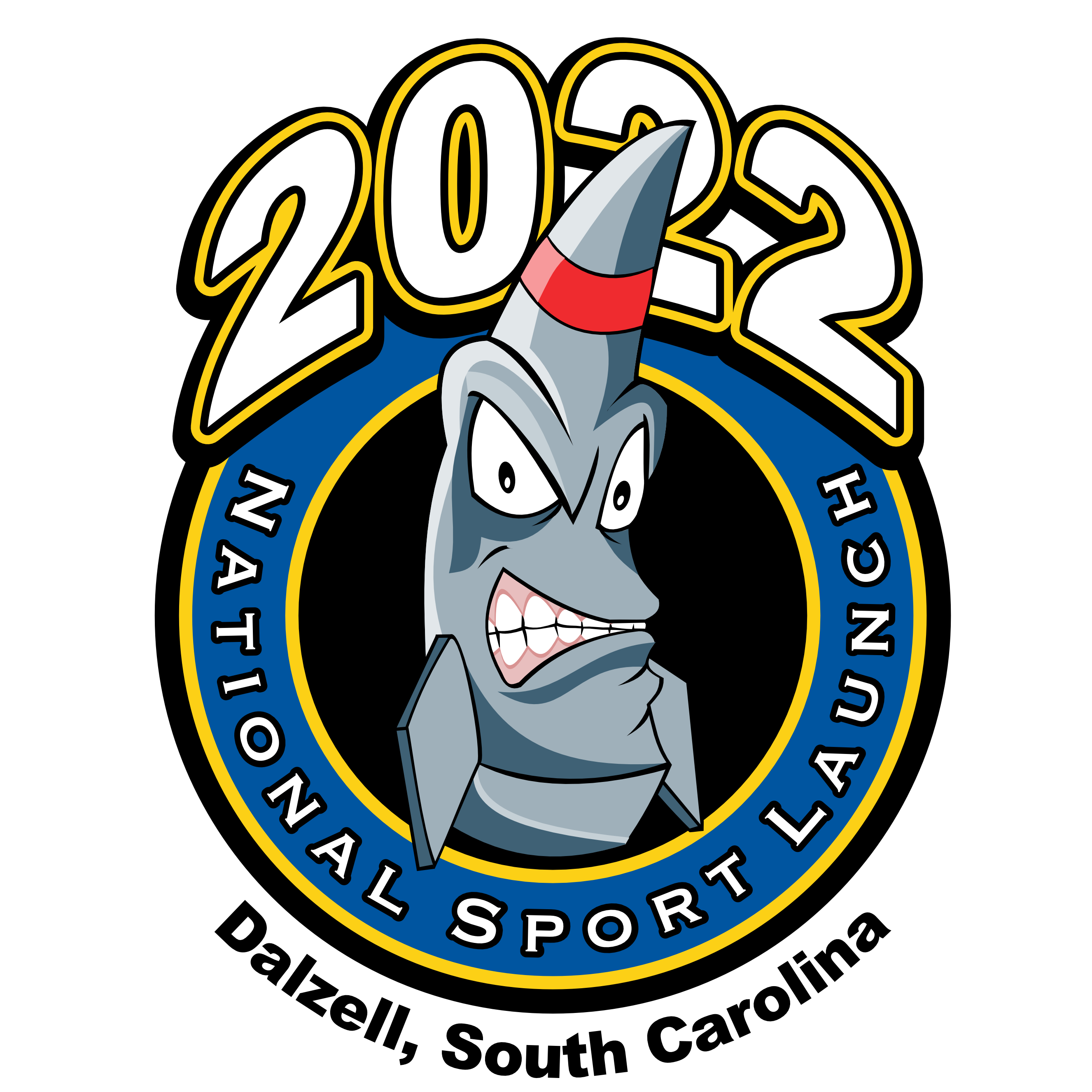Flyer Info
NSL-2022 Flight Cards are located here.
Launch Rules:
- The waiver for our site will be in place each day to fly to 7,000 feet AGL. Do not bust our waiver.
- Flights up to Complex M and simple N motors can be accommodated. But if you plan to fly a complex “K” or higher, please CONTACT US in advance of the NSL to have your flight approved prior to the launch.
- If you need non-standard launch equipment for your project, please CONTACT US to discuss support. We will do all we can to help you launch your project!
- Staff on hand will be able to certify/witness L1 and L2 flights for both NAR and Tripoli. HOWEVER, It is the L3 candidate’s responsibility to contact your L3CC or TAP member to arrange to have your L3 certification flight properly documented and witnessed.
- Igniter installation must be at the launch pad for all motors of impulse class “F” and above. If you arrive at the Check-in table with an igniter installed you will be asked to leave the line to remove the igniter- forcing you to return to the end of the line. If you have ANY question regarding the use or installation of igniters- please see the RSO on duty.
- All rockets must be inspected and approved at the Check-in table by the Range Safety Officer (RSO) prior to each flight. Please be able to explain or show upon request that your rocket will have a stable flight, that it will recover safely, and that it will not break the waiver. If you have a large rocket, a roving RSO may be available to come to your vehicle or tent to inspect the rocket – just ask.
- The RSO reserves the right to request information showing that a rocket will be stable and/or not bust the waiver. The flier is responsible to explain/prove the stability and/or expected maximum altitude of his/her rocket.
- The RSO’s word is final. There is no appeal process. Please do not argue your case.
- All recovery deployment electronics must be in a safe state, shunted, or powered off when the rocket is brought to the Check-in table for RSO inspection.
- All electronic recovery systems must use commercially manufactured electronic matches. No homemade hot heads or conductive primer igniters.
- No radio control (R/C) system may be used to initiate an in-flight event.
- Do not enter the range to load or recover a rocket until the Launch Control Officer (LCO) announces “the range is open or safe”.
- If a different rail or help is needed adjusting an away cell pad, please ask the pad manager for assistance.
- All flights predicted to reach close to or above 5000’ MUST be dual event recovery. High altitude single event deployment will likely result in the loss of you rocket.
- You may move or return another fliers rocket only under the following conditions:
-
- You have the owner’s permission to do so.
- If you are a long distance away, and the rocket is undamaged, and no one appears to be looking for it.
- If a rocket is being dragged by the wind, please carefully stop the rocket and place the parachute under its body tube or nose cone, and note the location and report it to the LCO.
- Any undamaged rocket found and returned to the launch site should be brought to the LCO table.
- If a rocket is found damaged, please note the location and report it to the LCO.
- If a reloadable motor casing is found on the ground, check to be sure it is cool enough to be handled and bring it back to the LCO table.
- Please collect any trash you might find and carry it off the field. Our launches operate on a Carry-in, Carry-out basis– If you carry it to the field, you are expected to carry it, or whatever is left of it, off the field. This includes “bucket “recoveries.
Share
